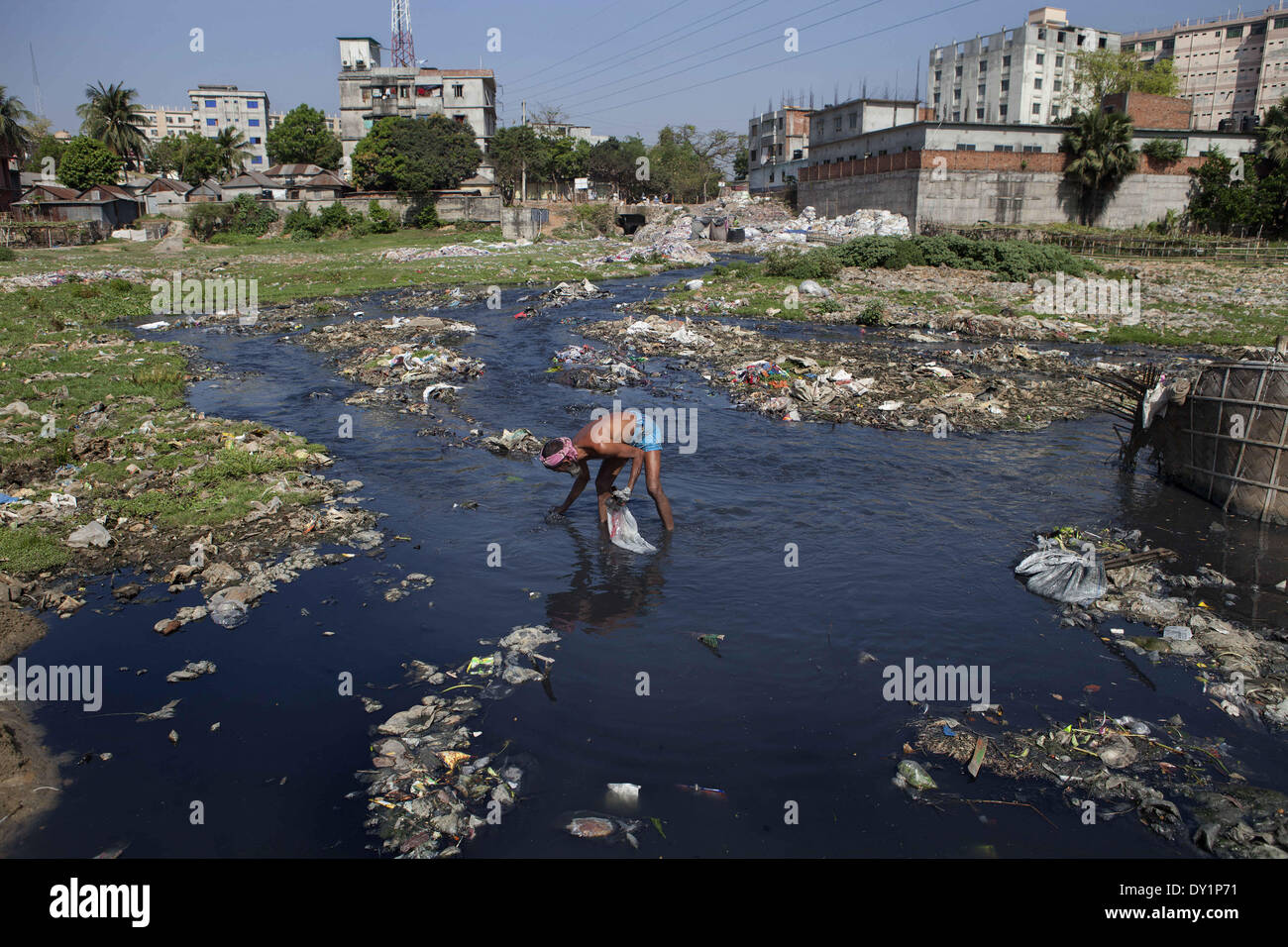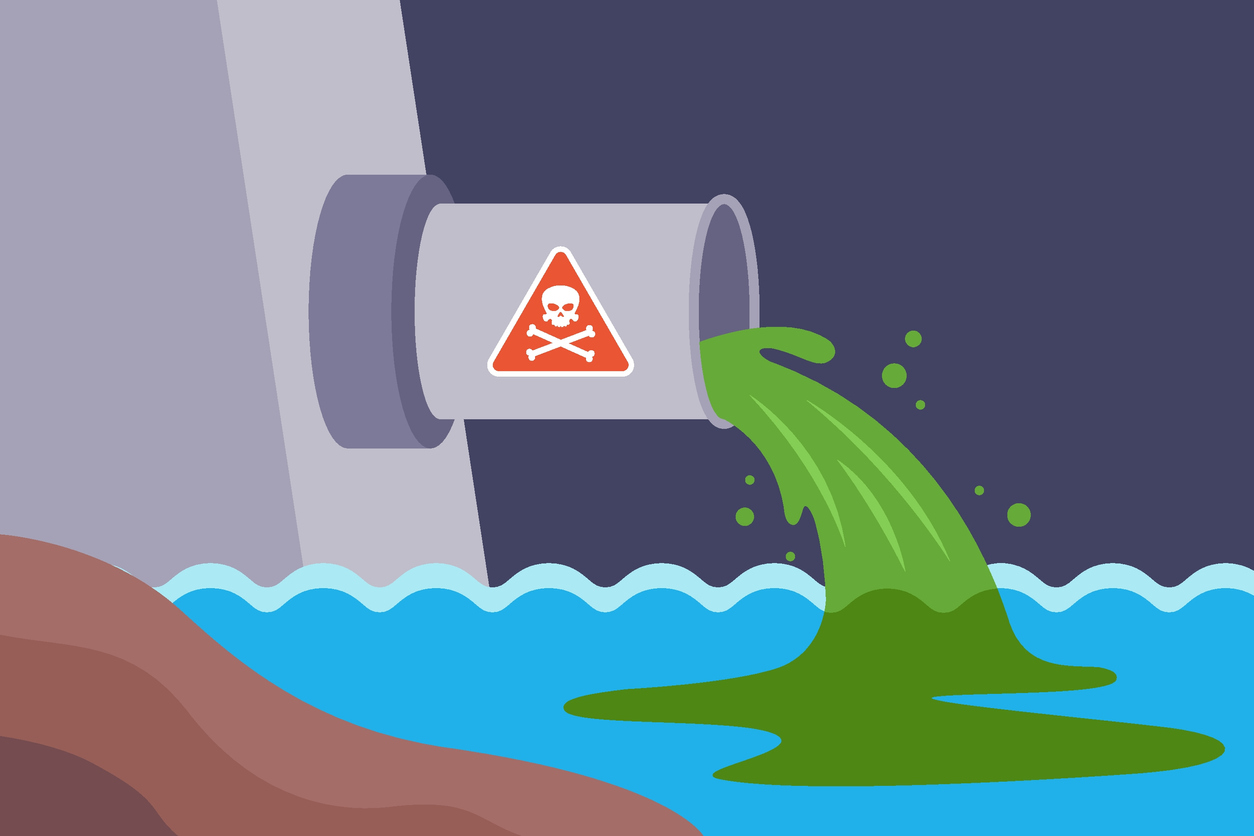Industrial Wastewater Treatment: Advanced Techniques for Effective Administration
Industrial Wastewater Treatment: Advanced Techniques for Effective Administration
Blog Article
Exactly How Liquid Waste Disposal Works: An In-depth Overview of Methods and Technologies Employed

Overview of Fluid Waste Kind
The complexity of fluid waste types requires a thorough understanding of their characteristics and implications for disposal. Fluid waste can extensively be categorized right into several kinds, including commercial, metropolitan, farming, and hazardous waste. Each category exhibits unique residential properties, needing details monitoring methods to reduce ecological and health and wellness dangers.
Industrial liquid waste stems from producing processes and usually has an array of impurities, such as hefty metals, solvents, and organic substances. Local liquid waste, mainly making up wastewater from families and industrial establishments, consists of raw material, nutrients, and microorganisms (industrial wastewater treatment). Agricultural liquid waste, including drainage from farms, might contain fertilizers, pesticides, and pet waste, positioning threats to water quality and ecosystems
Harmful fluid waste is identified by its poisoning, sensitivity, or potential to trigger injury. Understanding these varied fluid waste types is critical for establishing efficient disposal approaches and making sure conformity with environmental regulations.
Physical Therapy Techniques

Testing is the first step, where bigger particles and debris are gotten rid of from the fluid waste using screens or grates. In sedimentation containers, larger fragments work out at the base, creating a sludge layer, while the clarified liquid can be more dealt with.
Filtering is one more important technique that entails passing the fluid via permeable materials, such as sand or membranes, to record smaller sized fragments. This step enhances the top quality of the fluid, making it ideal for succeeding treatment procedures.

Chemical Treatment Techniques
Chemical treatment strategies are vital for successfully managing liquid waste, especially in dealing with dissolved and colloidal contaminants that physical approaches may not effectively remove. These techniques make use of different chemical agents to reduce the effects of, speed up, or change unsafe materials into much less harmful types.
One typical method is coagulation and flocculation, where chemicals such as alum or ferric chloride are contributed to advertise the aggregation of suspended particles. This process boosts sedimentation, enabling much easier removal of the resulting sludge. Furthermore, oxidation procedures, using representatives like chlorine or ozone, are employed to break down intricate natural compounds and pathogens, rendering the waste more secure for discharge or additional therapy.
Neutralization is an additional essential method, which readjusts the pH of acidic or alkaline waste streams to neutral levels, preventing prospective injury to downstream systems and the atmosphere. Furthermore, advanced oxidation procedures (AOPs) utilize combinations of oxidants and ultraviolet light to break down relentless contaminants, attaining a greater level of therapy efficiency.
Biological Therapy Processes
Biological treatment procedures play a critical function in the management of fluid waste by using bacteria to decompose raw material and lower contaminant degrees. These processes can be extensively categorized into anaerobic and cardiovascular treatments, each using particular microbial areas to achieve reliable waste destruction.
Cardiovascular therapy involves making use of oxygen to facilitate the failure of natural products by germs. This process is commonly carried out in turned on sludge systems, where oygenation storage tanks give a favorable environment for microbial development, bring about the oxidation of organic pollutants. The resultant biomass can be divided from dealt with effluent through sedimentation.
On the other hand, anaerobic therapy happens in the lack of oxygen, counting on different microorganisms to break down organic matter. This approach is particularly advantageous for high-strength waste, as it produces biogas, a sustainable energy resource, while reducing sludge manufacturing. Technologies such as anaerobic digesters are regularly utilized in community and industrial applications.
Both aerobic and anaerobic organic therapies not just reduce the ecological influence of fluid additional info waste however additionally help with resource internet recuperation, making them necessary components of lasting waste monitoring techniques. Their flexibility, efficiency, and efficiency support their extensive execution throughout various industries.
Emerging Technologies in Disposal
Ingenious methods to liquid waste disposal are quickly evolving, driven by innovations in innovation and a boosting focus on sustainability. Amongst these arising technologies, membrane layer bioreactors (MBRs) have gained traction for their capacity to integrate organic treatment with membrane filtration, causing high-grade effluent that can be recycled in different applications. MBRs allow smaller impacts and extra effective operations compared to traditional systems.
Another encouraging advancement is the usage of anaerobic food digestion integrated with nutrient recuperation technologies, which not just deals with fluid waste however likewise generates biogas and recuperates beneficial nutrients like nitrogen and phosphorus. This double benefit boosts resource performance and minimizes environmental influence.
Additionally, advanced oxidation procedures (AOPs) are being taken on for the destruction of complicated natural pollutants. These approaches use effective oxidants and stimulants to break down contaminants at the molecular level, providing a very effective remedy for difficult waste streams.
In addition, the combination of expert system and equipment learning in waste management systems is enhancing functional efficiency and anticipating maintenance, leading to reduced expenses and improved ecological conformity. These modern technologies reflect a substantial shift in the direction of even more lasting and effective fluid waste disposal techniques.
Conclusion
In conclusion, effective fluid waste disposal requires an extensive understanding of different strategies and modern technologies. By continuously advancing these approaches, it comes to be possible to attend to the growing difficulties associated with fluid waste, inevitably adding to environmental security and source recuperation.
Fluid waste disposal is a vital aspect of ecological management, requiring a comprehensive understanding of numerous techniques and innovations customized to various waste types. Liquid waste can generally be categorized right into a number of types, consisting of commercial, municipal, agricultural, click for source and dangerous waste. Agricultural fluid waste, including runoff from farms, may consist of plant foods, pesticides, and pet waste, posing threats to water top quality and ecological communities.
Numerous physical therapy methods play an important duty in managing liquid waste effectively - industrial wastewater treatment.In verdict, reliable liquid waste disposal demands a detailed understanding of different strategies and modern technologies
Report this page